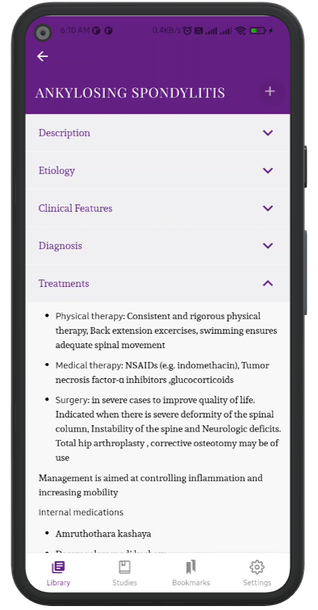PTOSIS
Description
- Abnormal drooping of the upper eyelid is called ptosis
- It is derived from an ancient Greek word, which means “to fall”
- Other related complaints include difficult vision due to the attendant visual field obstruction and prefrontal headaches due to chronic use of the frontalis muscle in an attempt to lift the eyelids
- Normally, upper lid covers about upper one-sixth of the cornea, i.e., about 2 mm. In ptosis, it covers more than 2 mm
Types
Characteristic features of congenital Ptosis include:
- Drooping of one or both upper lids
- Lid crease is either diminished or absent
- Lid lag on down gaze
- LPS function may be poor, fair or good depending upon the degree of weakness
Investigation
Examination
- Exclude Pseudo Ptosis (simulated Ptosis) on Inspection
- Whether then condition is unilateral or bilateral
- The function of orbicularis oculi muscle
- Presence or absence of Eyelid crease
- Associated weakness of any extraocular muscle
- Presence or absence of Bell’s phenomenon (up and out rolling of the eyeball during forceful closure)
Measurement of amount (degree) of ptosis
- Mild ptosis: 2 mm
- Moderate ptosis : 3 mm
- Severe ptosis: 4 mm
Assessment of Levator function
Treatments
It almost always needs surgical correction
- Tarso-conjunctivo-Mullerectomy
Ayurvedic Management
- Always consider as krichasadya/ asadyaroga
Internal medicines
- Bhadradarvadi kashaya
- Ashtavarga kashaya
- Dhanwanthara Ghrita
Procedures
- Massaging over eyelids and forehead - Dhanwanthara avarthi taila, Ksheerabala taila
- Mukha Abhyanga - Mahamasha taila
- Shasthika Pinda sweda - Local application
- Nasya - Dhanwanthara avarthi , ksheerabala
- Karnapoorana - Bala taila
- Sirodhara -Vatashini taila
- Agnikarma along forehead
- Tarpana – Satahwadi
- Putapaka – Jeevaneeya gana putapaka
Department
Salakya - Netra

